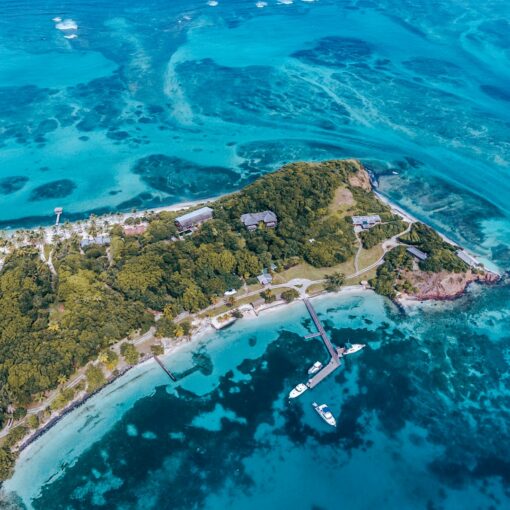By Alexis Saba, CCCL Fellow
With the fruit of two weeks of negotiations being an agreement to try to agree in the future, some would say not too much happened at the UN climate conference in Durban. However, on a day-to-day basis, a lot happened in Durban. It was 90 degrees and humid with simultaneous meetings happening for over 12 hours every day.
After getting off a shuttle or out of a taxi at 8:00 or 9:00am, you join hundreds of other people from around the world, tired but chatting, ID tags flapping in the Durban sea breeze. A pass through security check-points brings you to the conference hub—a cluster of three buildings where the tens of thousands of participants spend most of the two weeks. The Durban International Convention Center houses all of the negotiations, except those hundreds of informal meetings and dealings that take place at cafes, bars, and restaurants around the city. The Durban Exhibition Center hosts countries’ and organizations’ information booths and seems to serve as home base for the energized, yet at times bewildered, youth and activist organizations. Finally, the pavilion center holds country- or region-specific rooms (such as the Africa Pavilion or the US Pavilion) for panel discussions that highlighted, for example, new national efforts at climate modeling or progressive partnerships to adapt to global warming.
The Convention Center is the best place to begin the day, where you can take a deep breath of the refreshing air conditioning and join the crowd looking for news on yesterday’s talks and today’s meetings. News comes in a few forms: the daily program of official meetings, the list of side events broadcast on television monitors, and the ad hoc print publications with commentary and interviews.
Throughout the day, there are various contact group meetings and informal consultations of the UNFCCC and Kyoto Protocol bodies as well as side events hosted by NGOs, country representatives, and UN bodies to share information and create partnerships. On an average day, there are over 60 meetings on topics as diverse as the Clean Development Mechanism to green technology in China’s climate change adaptation. The audience for side events can range from 10 to 100 people, and the atmosphere is informal, with the attendees frequently raising detailed and tough questions. The negotiating sessions, on the other hand, are quite formal, despite the often delayed start time. Country representatives filter in, and set up their name placards so indicative of United Nations meetings. The rooms are often filled to the brim with party representatives—and NGOs and the press when allowed. The chair makes an introduction and calls on parties to speak. There is little room for direct discussion, as comments are filtered through the chair and most content consists of position statements or brief thoughts on draft documents. Much of the substance happens in closed meetings. Nonetheless, the negotiating sessions are thought-provoking, as commentary ping-pongs among countries.
Side events wrap up at 9:45pm, and negotiations often continue until the early morning hours. From two weeks of meetings, I have 77 pages of type-written notes and a lot to ponder, from the best ways to combat climate change to what it means to be an American at a global climate change conference. I will post follow-up blogs on how to reform the COP by emphasizing side events (and as some suggested in Durban, getting rid of negotiations) as well as on some particularly relevant and exciting partnerships and programs I learned about. Overall, a lot happened in Durban. The real question is what happens after Durban.


